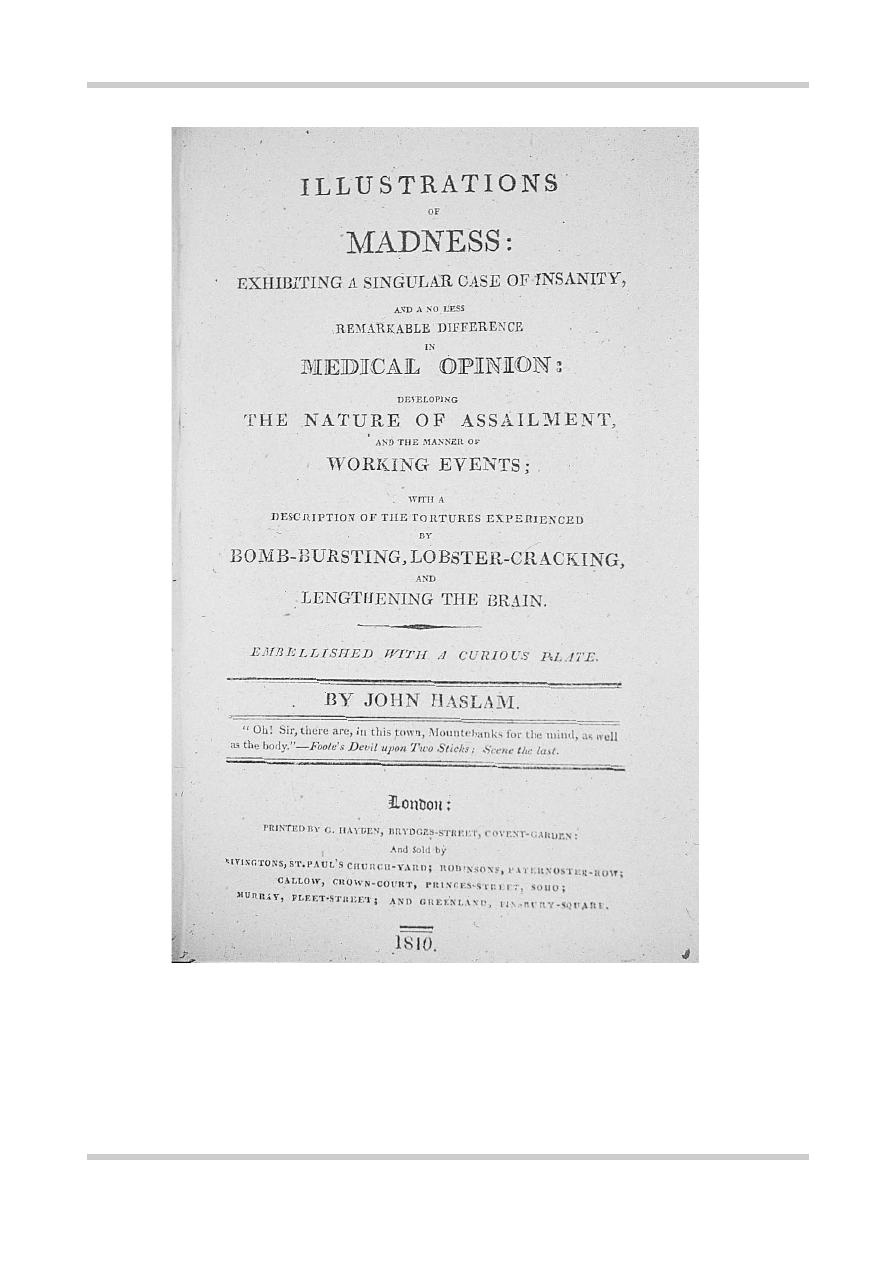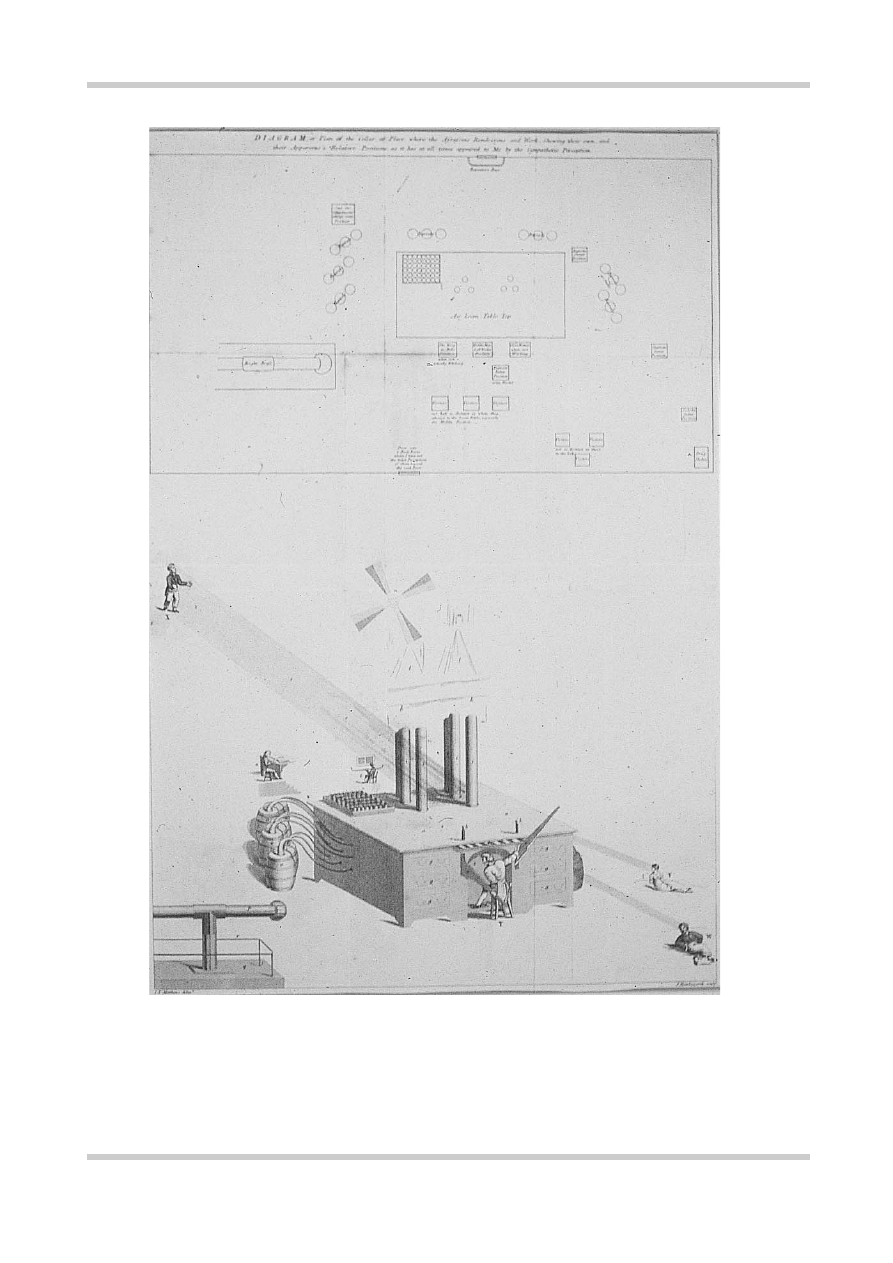ВУЗ: Не указан
Категория: Не указан
Дисциплина: Не указана
Добавлен: 02.10.2020
Просмотров: 1288
Скачиваний: 6
©2002 CRC Press LLC
Preface
There have been major changes in attitudes
towards schizophrenia in recent years. In clinical
practice, more effective pharmacological and
psychological treatments for schizophrenia have
helped regenerate a sense of therapeutic opti-
mism. In research, progress in a range of basic
disciplines has opened up new avenues which
promise to help unravel the abnormalities of
brain development, structure and function
which are at the core of the disorder. These have
been complimented by advances from epidemi-
ology which remind us that schizophrenia is not
just a brain disorder, and that social and psycho-
logical factors can have a profound impact on its
onset and outcome. Research in schizophrenia
has never been more exciting. This Atlas is our
attempt to put together a visual overview of this
fascinating and challenging territory.
We have included many of the more familiar
landmarks and monuments, but also some infor-
mative images of the most interesting new
developments. Inevitably, because of the vast
volume of new developments, our compilation
has been somewhat selective. However, we
hope this Atlas reflects our sense that a cohesive
clinical and theoretical understanding of this
complex disorder is now within reach, and that
we can now bring hope and better care to
sufferers.
Martin Stefan, Mike Travis
and Robin M. Murray
November 2001
©2002 CRC Press LLC
Foreword
Schizophrenia is a puzzle. Emil Kraepelin consi-
dered that his life's work had resulted merely in
progress in understanding the psychoses, not a
solution. Gottesman and Shields regarded the
causes of schizophrenia as being an epigenetic
puzzle, an analogy that continues to serve us
well. Research in this area seems to produce ever
more pieces, rather than fitting them together.
More importantly, schizophrenia puzzles
patients who have the syndrome, their families
and, as often as not, the clinicians who try to
help them. Martin Stefan, Mike Travis and Robin
Murray are experts in this field, and have produ-
ced an excellent and highly readable overview of
the clinical features of the disorder, the epidemi-
ological context, possible causes, and the current
status of drug treatment. Clinicians working in
all aspects of services for people with schizo-
phrenia will find this an accessible and clear
reference. Many may consider recommending
the book to some patients and carers who want
rather more information than is contained in
standard educational materials.
An atlas is probably not the most obvious
format for a book on schizophrenia but the
authors have succeeded in producing a useful
and interesting one. Diagrams, tables and figures
give contemporary views an immediate impact,
with modern techniques of investigation, such as
neuroimaging, being particularly well suited to
this format. These are balanced by the paintings
from the Bethlem Royal Hospital Archives and
Museum that entertain and fascinate alongside
the factual information: they give an impression
of the human as well as scientific and psychiatric
aspects of schizophrenia. Thus, the book
provides a useful map for all.
Peter Jones
Professor of Psychiatry
University of Cambridge

©2002 CRC Press LLC
CHAPTER
1
Clinical features
HISTORY AND CLASSIFICATION
Schizophrenia is arguably the most severe of the
psychiatric disorders. It carries a lifetime risk of
around 0.5–1%, and its early onset and tendency
to chronicity mean that its prevalence is relatively
high. Disability results particularly from negative
symptoms and cognitive deficits, features that can
have a greater impact on long-term functioning
than the more dramatic delusions and halluci-
nations which often characterize relapses. The
social and economic impact of the illness is
enormous, and its impact on sufferers and their
families can be devastating.
Although descriptions of people who may
have had schizophrenia-like illnesses can be
found throughout history (
Figure 1.1
) the first
comprehensive descriptions date from the
beginning of the 18th century (
Figures 1.2
and
1.3
)
1
. The modern concept of schizophrenia was
first formalized by the German psychiatrist Emil
Kraepelin (
Figure 1.4
)
2,3
at the turn of the 20th
century. Kraepelin, who drew on contemporary
accounts of syndromes such as catatonia and
hebephrenia, was the first to distinguish between
Figure 1.1
Sketch to Illustrate the Passions: Agony – Raving
Madness, by Richard Dadd (1854). In this painting, Richard
Dadd (1817–1886) alludes to a pre-Kraeplinian distinction
between ‘raving madness’ and ‘melancholic madness’.
Dadd himself was a patient at the Bethlem (Bedlam)
Hospital, England’s oldest mental hospital, and at
Broadmoor, the hospital for the criminally insane. A
Victorian painter best known for his fairy paintings, Dadd
developed his illness at around the age of 25, when he
become suspicious and preoccupied with religion, and
developed delusions relating to the Egyptian god Assyris,
beliefs that thoughts and commands which he had to obey
were put into his head, and delusions that he was
persecuted by the devil. At the age of 27, in response to
these beliefs, he attacked and killed his father. He spent the
rest of his life in institutional psychiatric care. Figure
reproduced with kind permission of the Bethlem Royal
Hospital Archives and Museum, Beckenham, Kent, UK

©2002 CRC Press LLC
Figure 1.2
Frontispiece from Illustrations of Madness (1810), by John Haslam
1
, which provides a vivid description of psychosis
in an individual patient early in the industrial revolution. James Tilley Matthews was admitted to the Bethlem Hospital in 1797,
after writing a threatening letter to a senior official in the British Admiralty. Haslam, who was Matthews’ doctor at the Bethlem,
wrote his book as a rebuttal of claims made in court that Matthews was not insane. Matthews believed that a ‘gang of villains,
profoundly skilled in pneumatic chemistry’ were assailing him: ‘while one of these villains is sucking out the brain of the
person assailed, to extract his existing sentiments, another of the gang will force into his mind a train of ideas very different
from the real subject of his thoughts’. He experienced many other unpleasant experiences, including ‘sudden death squeezing,
stomach skinning, apoplexy making with the nutmeg grater, lengthening of the brain, thought making and laugh making’.
Figure reproduced with kind permission of the Bethlem Royal Hospital Archives and Museum, Beckenham, Kent, UK

©2002 CRC Press LLC
Figure 1.3
Air-loom, by James Tilley Matthews, circa 1810. This plate is included in Haslam’s book
1
. It is Matthews’ own
‘diagram or plan of the cellar or place where the assassins rendezvous and work, showing their own and their apparatuses’
relative positions, as it has at all times appeared to me by the sympathetic perception’. As well as the ‘air-loom’, Matthews
indicates the sources of various abnormal experiences: the voices of the King, Bill, the Middle Man, the Glove Woman, Augusta,
Charlotte, St Archy, and assorted visitors, who are ‘not half so distinct as when they advance to the Loom Table, especially the
Middle Position’, together with a ‘door into a back room where I have not the least perception of them beyond the said door’.
Figure reproduced with kind permission of the Bethlem Royal Hospital Archives and Museum, Beckenham, Kent, UK